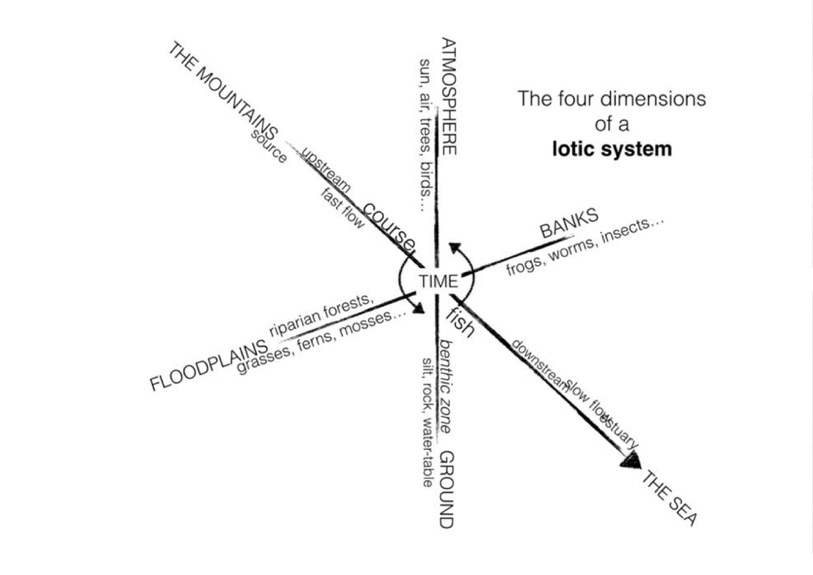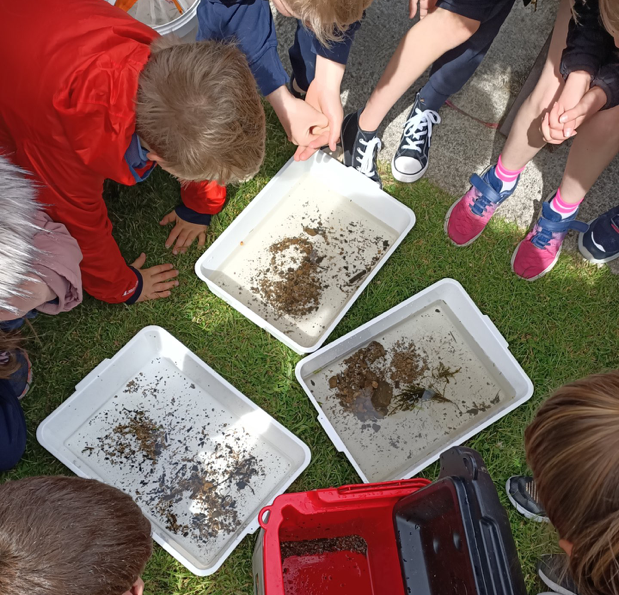FRESH WATER












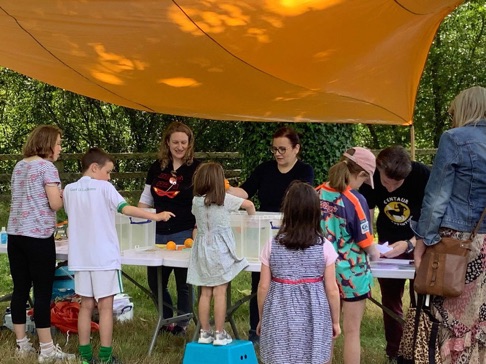
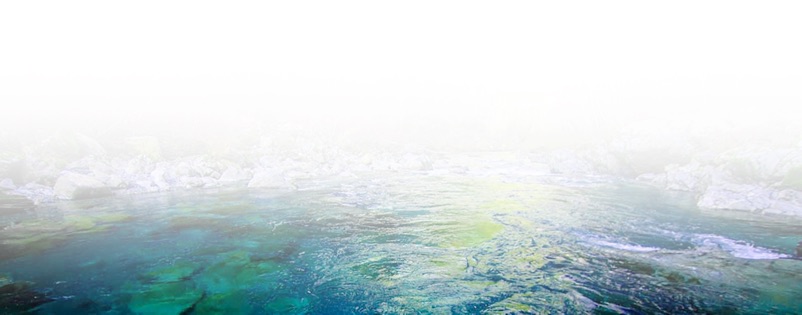
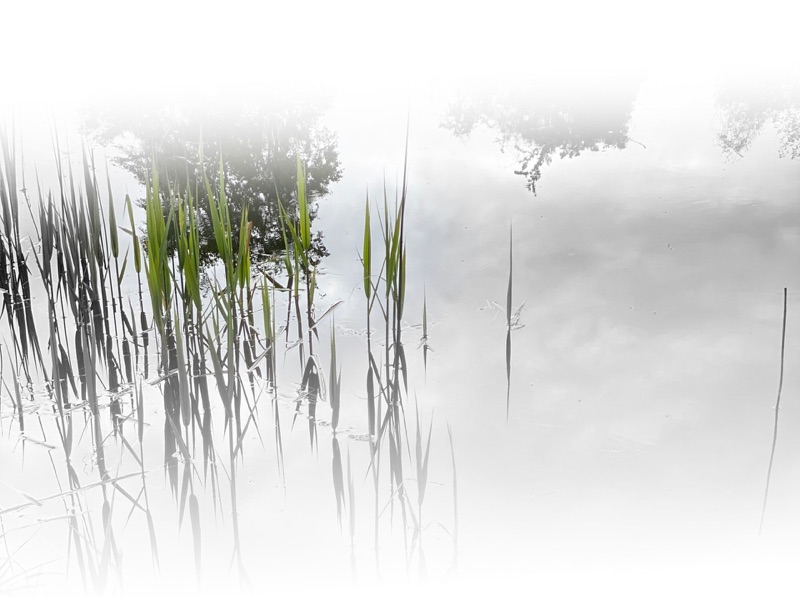


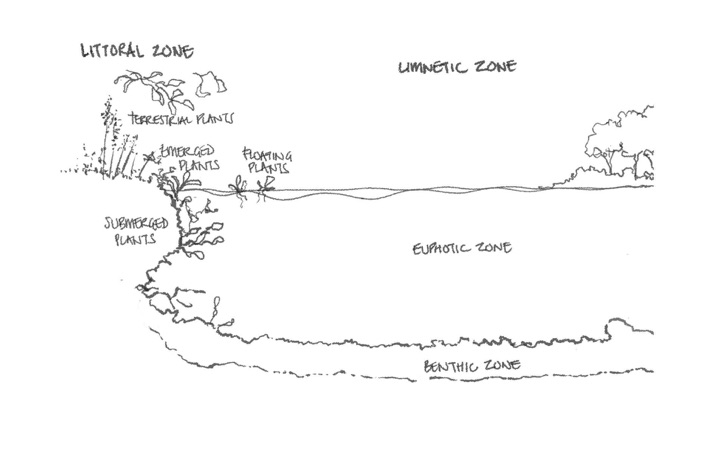
















DRAWING

WORKSHOPS
Aoibhéann Bird, Phil Smyth and Lorna Byrne, the team of RTÉ’s Home School Hub Lab, explore the science and engineering of buoyancy at the Eco Showboat project launch, Kilkenny, August 2021.
From July 2019 to February 2020 we travelled the waterways to identify STEM learning needs. We met scientists and engineers who explained how inter-related systems of human behaviour, infrastructure and climate change impacts surface water. We met teachers to discuss learning objectives. We met arts and heritage officers to inform contextual engagement strategies.
Our predominant impression was concern about how to engage communities - water scientists frequently expressed concerns that issues around water are ‘detached” issues for communities - accompanied by recognition that STEM education and community engagement are key, and a growing awareness that the arts are an effective but underexploited avenue for STEM engagement.
Science has traditionally used drawing to document the natural world. Scientist and artist Mary Ward (1827 –1869) published Sketches with the Microscope in 1858, a collection of stunning drawings of microscopic views of nature. Physicist John Tyndall published The Glaciers of the Alps in 1860, an extraordinary document combining literary narrative and drawing with scientific observation. Waterways Ireland holds an archive of over 3,000 drawings and sketches of the inland waterways, fine works of art as well as records and engineering drawings.
We believe that looking closely at things for the purposes of observation and accurate skill based documentation affords a deeper learning experience by fixing attention. Today we have a range of tools to document the biodiversity of the waterways – macro and drone photography/video, electron microscopy…
Building on traditional methodology, but incorporating contemporary technology including digital media and present-day public engagement strategies, we will co-create an artistic database of fresh water biodiversity with communities throughout Ireland, supporting the work of the National Biodiversity Data Centre by sharing sightings as we go.
Exhibition of drawings at the Eco Showboat launch, Kilkenny, August 2021
The Eco Showboat is to be a place where, with our artistic, scientific and activist collaborators, we will slowly make our way up the learning curve to understand the universal principles that govern fresh water ecology: the many processes and lifeforms that our naked eyes cannot see, because they are too small, or happen below water, or in the dark or under rocks or in the mud…
We need scientific instruments to make these visible, but we need the eyes of an artist to see their beauty.
The Eco Showboat project is a unique opportunity to bring together artists and sciencists to more fully appreciate the slow moving fresh water on which we and so many other creatures depend.
Dead fish in the Barrow after a slurry spill
The Signal Crayfish, an invasive species which carries the crayfish plague
Curly waterweed, an invasive species in Lough Corrib
The Freshwater Pearl Mussel, an endangered species
Freshwater plankton under a microscope
Infrared image of an otter hunting at night
ART & SCIENCE IN THE COMMUNITY
It is easy to fall into thinking that the clean flowing water of a lotic system creates a healthier ecosystem than the murky still water of a lentic systems. In fact flowing water is a problem for most aquatic lifeforms: nutrients and micro-organisms get washed away and only the very strongest swimmers can survive even a slow current, while rapids leave only bedrock. Most of the lifeforms supported by a lotic system live in or around stiller peripheral waters along the banks, in pools, marshes and wetlands not unlike the lentic ecosystems of ponds, lakes and canals.
Lotic or lentic, the crucial resource seems to be slow moving or still water which supports a rich abundance of life. Much of what happens here is invisible, either too small to see or deep in the darkness below. In the ‘Benthic’ zones at the bottom, bacteria and fungi decompose sediments and release gases while crustaceans and worms mix up mud and silt. Above them in the murky water, zooplankton feed on phytoplankton while fish and crustaceans feed on these and on each other. And at the surface, finally revealed in the light of day, a complex food web of fish, amphibians, insects, mammals and birds act out their lives in an aquatic theatre of submerged, emerging, floating and overhanging vegetation.
The study of fresh water biology and geology divides inland waterways into two types of ecosystem:
-
Lotic (from the Latin lotus, meaning clean) systems are characterised by water flowing in one direction: rivers and streams.
-
Lentic (from the latin lentus, meaning slow) systems are characterised by still or slow moving water: lakes, ponds, reservoirs, canals…
The fresh water crisis is one of the many ecological crises that lie, almost invisible, just ahead of us, and it is one of the most startling.
Fresh water only makes up around 2% of the water on the planet. Of that 2%, only 0.5% - so, one ten-thousandth of all the water on the planet - is surface water in the form of reservoirs, lakes, wetlands, rivers and canals. As the atmosphere warms up, more of this water will evaporate into the air. More moisture in the air may mean more precipitation, but this is likely to be violent, torrential rainfall. Water from heavy rainfall floods the land, eroding soil, damaging crops and infrastructure, paralysing activity, before finding its way rapidly to the sea - where it ceases to be fresh.
The crucial battle will be to slow down the air/land/sea water-cycle that distils fresh water from the salt sea, distributes it over the land and lets it percolate slowly back to the coast. But instead we see this cycle accelerating. The quicker the water gets back to the sea, the more damage it does to the land. The longer the water can be kept inland - in liquid form and on the surface preferably - the more good it does for the land, for us and for the planet. This is partly about global temperature: since 1940 the land surface air temperature has risen at twice the rate of the global average temperature. Air temperatures above wetlands are significantly lower than air temperatures above dry land.
But more crucial will be the preservation of fresh water as a resource. Our society needs more and more fresh water and, in the coming years, there will inevitably be more and more droughts. On a global scale, we will not be able to stop the volume of fresh water from falling: most of it will flow directly into the sea from melting ice caps. The inevitable decline of groundwater is something that we can’t do much about either. But we can manage and develop surface water and in particular our inland waterways - reservoirs, lakes, canals and rivers - which will play a crucial role in making the greatest use of the fresh water that remains.
Study for a floating classroom on the 48M
Schoolchildren look at a kick sample from the Nenagh River, at our workshop in Dromineer harbour, 18 May 2022





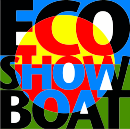








A floating environmental science laboratory and art studio
Mayfly photographed at our workshop in Scarriff, May 2022
bringing communities, scientists and artists together across Ireland to observe, draw, photograph and film fresh water biodiversity through workshops at the waterside – raising awareness of our precious fresh water resources, sparking conversations on how society benefits from waterways and the challenges we are facing to protect them.
The project is inspired by Irish historical scientists Mary Ward and John Tyndall, who used drawing of nature to popularise science among non-specialist audiences.
This ecological vessel, completely sustainable in energy, will tour the inland waterways documenting biodiversity in the littoral, riparian and photic zones of the waterways with communities, exhibiting these through partnering organisations, sharing sightings with the National Biodiversity Data Centre in County Waterford through the Citizen Science Portal, and encouraging communities to do so too.
The project supports STEM learning widely, engaging with biology and the environmental sciences as well as developing skills and opening up career pathways.
The Eco Showboat will travel on the waterways for two years. The SFI award will support delivery of STE(A)M workshops during the first year in counties along the Shannon.
Workshops on the Eco Showboat will be delivered by School of Looking supported by LAWPRO — a local authority shared services organisation supporting improvement of water quality, employing scientists, technicians, archaeologists, engineers and biologists. School of Looking will be introduced to water sampling techniques and supporting waters sciences by LAWPRO and will work with communities to observe and magnify samples of biodiversity.
LAWPRO officers will participate in workshops on the Eco Showboat across the country where possible, as will researchers from supporting laboratories and universities.
Our workshops will provide:
-
1. Opportunities for children to work with STEM professionals, promoting and supporting STEM education through learning about waterbody types and water dependent ecosystems; river catchment areas; water and public health etc.
-
2. Young people will meet STEM professionals in an informal context, promoting STEM career pathways by building networks and sparking opportunities (work experience, mentorship).
-
3. The Eco Showboat journeys along the waterways, a leisure resource where people spend time. This will increase interactions with people, increasing the general public’s engagement with STEM by bringing it to them, and highlighting the importance of STEM through conversation about water quality, which directly impacts their lives.
-
4. We aim to develop the Eco Showboat into an enduring organisation. This develops the capacity for STEM education and public engagement by providing a venue to host ongoing STEM activities. The mobile nature of the Eco Showboat and the extended network we have created further develops this capacity by connecting people all over the country.











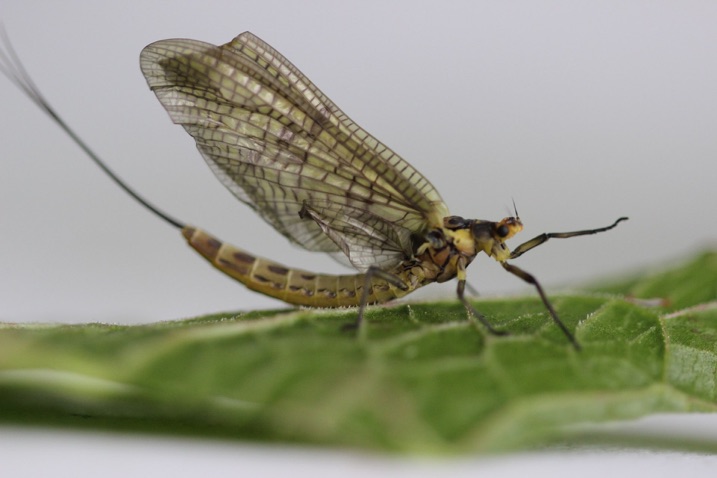
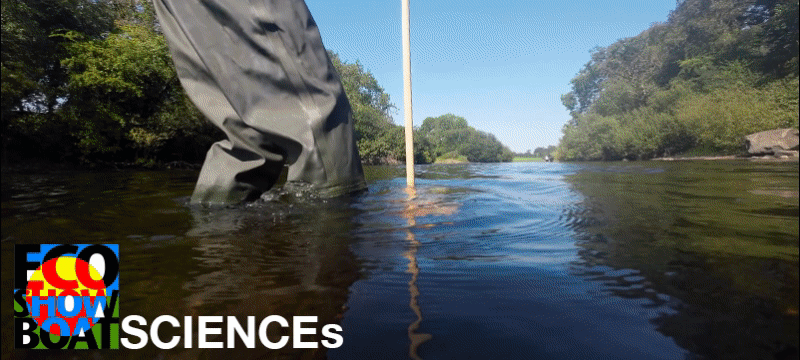
An SFI Discover Award, along with continuous support from LAWPRO officers and local authorities across the country, allow the Eco Showboat to develop and host a series of scientific workshops and talks documenting biodiversity and explaining some of the problems and solutions associated with the local and the global environment.
️️〰〰〰ABOUT
〰〰〰️️️PROGRAMME 2022
〰〰〰️️️BOATs
️〰〰〰️️️POPUPspace
〰〰️️〰WATERways
〰〰️️〰️️ARTists
〰〰️️〰️️SCIENCEs
〰〰️️〰️️PRESS
